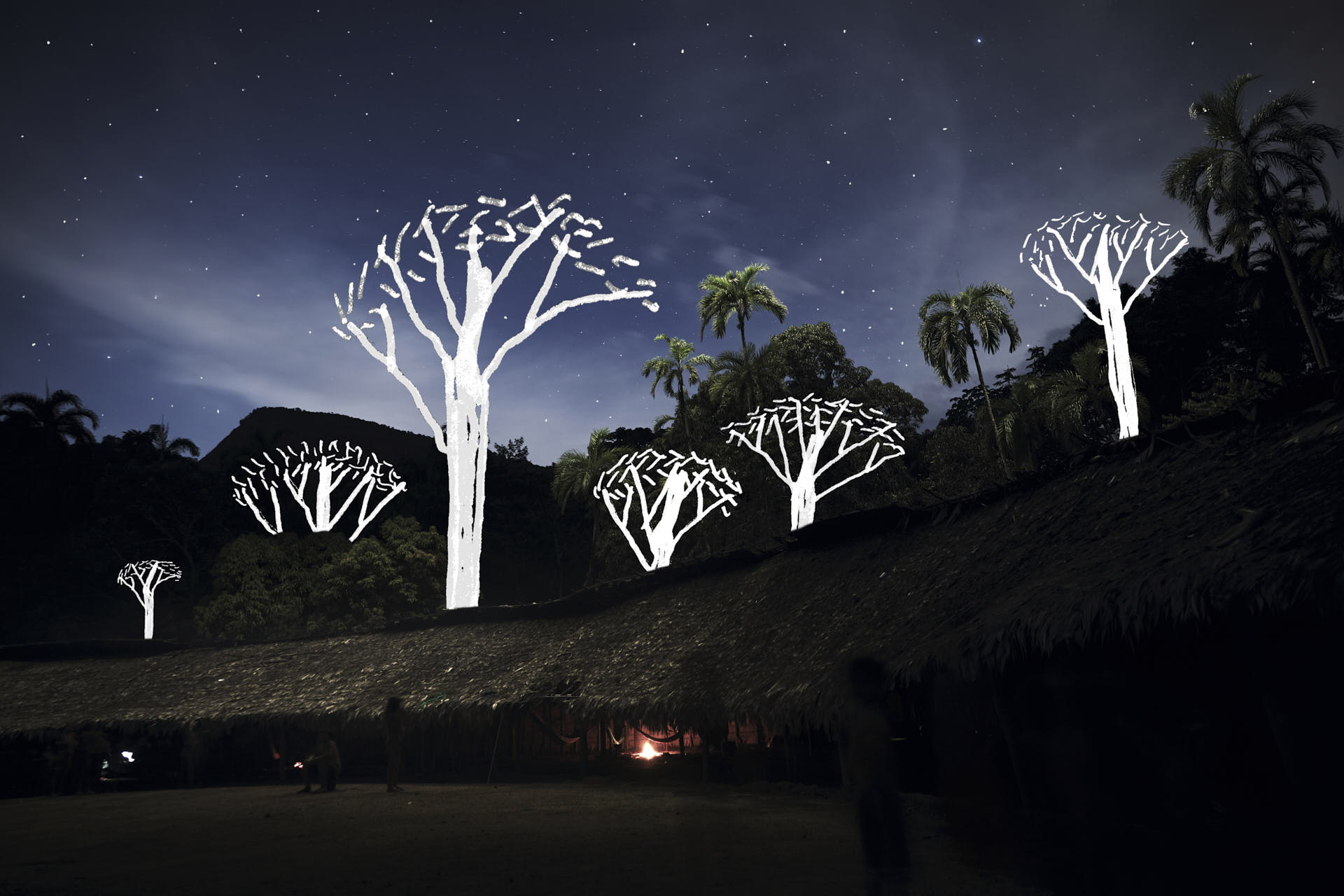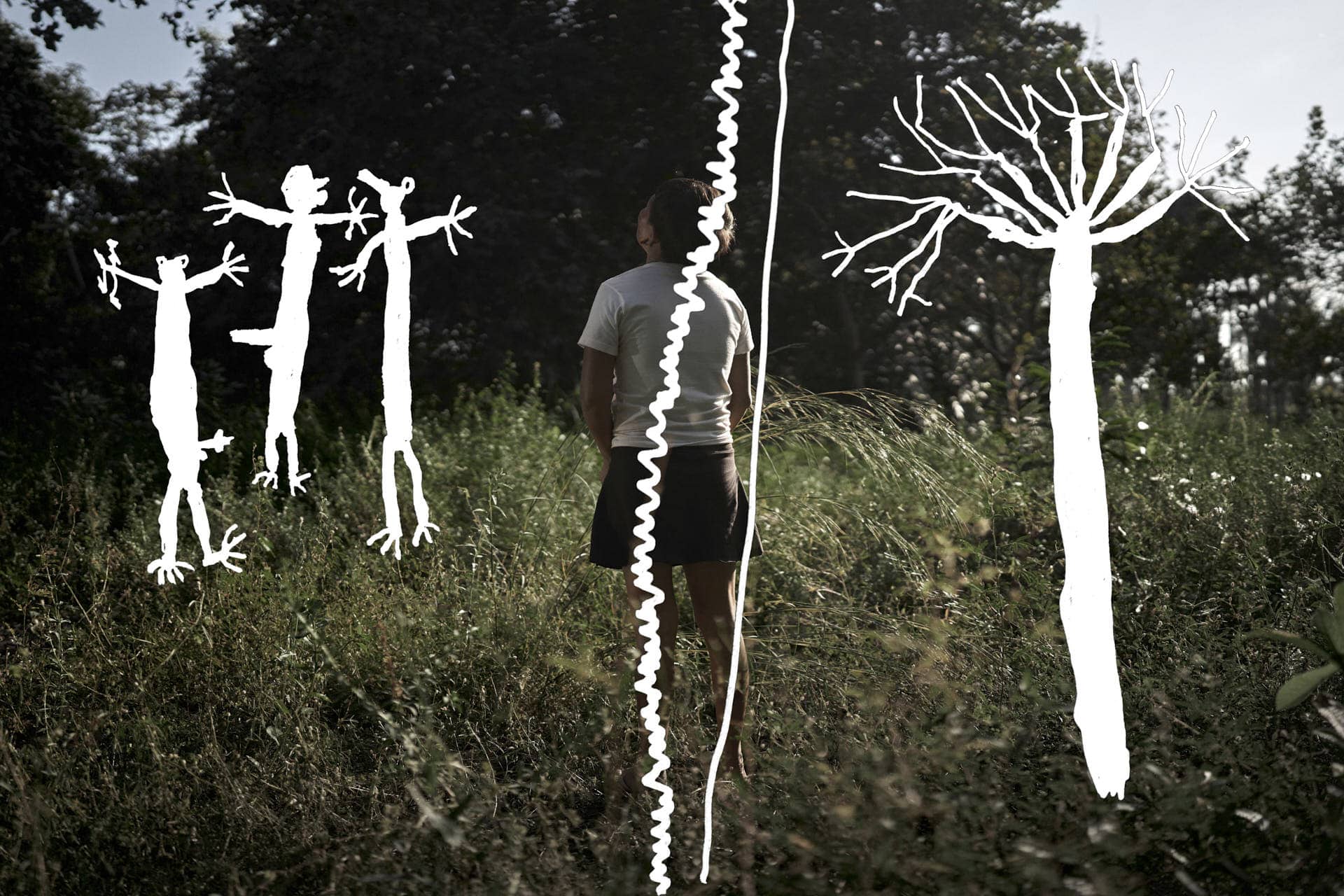
Wounds in the land (and the bodies) of the Yanomami
In Raped Territories, Pablo Albarenga documents the sexual violence experienced by Yanomami women in territories occupied by illegal gold mining in the northern Brazilian Amazon. His collaborative work, which combines photography and drawing, reveals the human drama behind the environmental crisis this illegal business unleashes in the area.
By Alonso Almenara
The Yanomami have a complex relationship with photography. When a Yanomami dies, all his belongings are destroyed by the community. “There is no inheritance: what is inherited is the memory, but not the objects,” says Uruguayan photographer Pablo Albarenga. Objects are destroyed, burned, or buried because, according to Yanomami’s belief, a part of that person’s soul lives in each one of them, so they cannot reach heaven until their possessions are destroyed.
“So what happens to the photograph?” asks Albarenga. “What happens to the portrait that goes viral on the Internet when that person dies? What happens to the photograph that is published in a book or a magazine? The day that person dies, how will they reach heaven?”
Albarenga explains that for a Yanomami, the fact that the photograph circulates implies an existential danger. If they agree to be photographed, it is only in extreme situations. “It’s a kind of sacrifice: they do it to denounce something as serious as what is happening today in their territory.” He is referring to the climate disaster that is being caused by illegal gold mining in the Yanomami Indigenous Land. This 9.6 million hectare territory between the states of Roraima and Amazonas in northern Brazil, near the Venezuelan border, is being invaded by some 20,000 illegal miners, which Pablo describes as “a sort of militia.”
Although the area has been under the constitutional protection of the Brazilian State for 30 years, there are regions controlled by illegal mining where the bosses of the garimpos – the name of this activity in Portuguese – have become the State. That reality only worsened during the presidency of Jair Bolsonaro, but the current administration of Lula da Silva has equally failed to take firm steps to remedy the situation.
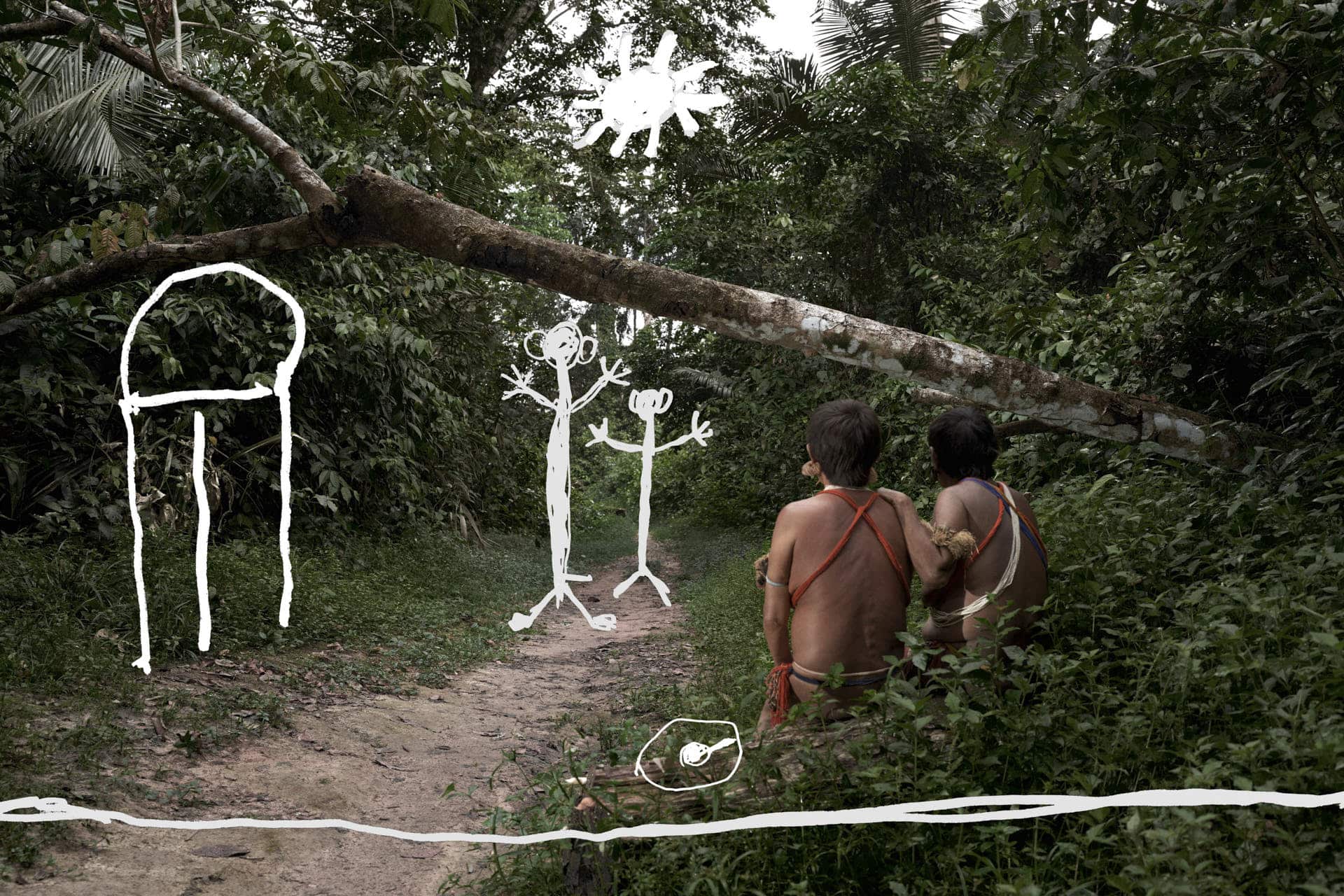
The scale of the problem is enormous: the invaders are almost as numerous as the 28,000 Yanomami that inhabit the area. They have military weapons and operate in areas affecting 273 of the 350 villages, impacting regions occupied by 56% of the Yanomami population. In August of last year, deforestation linked to gold mining reached 4,411 hectares in this territory, or the equivalent of 6,000 soccer fields.
Added to this is the contamination of rivers with mercury, which endangers both fauna and humans: ingesting this metal causes hallucinations, convulsions, loss of vision and hearing, and even unwanted abortions in pregnant women. Garimpeiros also bring diseases such as malaria, whose treatment, chloroquine, has been in short supply in Brazil since Bolsonoraro falsely promoted the drug as a cure for covid-19. In turn, the viruses cause hunger and malnutrition as they affect large numbers of Yanomami, limiting the community’s ability to harvest and gather food.
For Albarenga, it is a war situation. And as in any war, the primary victims are women. The presence of the invaders has led to a significant increase in prostitution and rape on Yanomami land. Last year, Albarenga participated in a report on this issue. Signed by journalist Talita Bedinelli, the article was a part of the launch of the journalistic platform Sumaúma, which documents the environmental situation in the Amazon. It is a long-form work that combines written journalism with photographs by Albarenga and drawings by a group of Yanomami women flown to the village of Demini, located in a garimpeiro-free zone, to meet and report on their experiences.
The images we share here originally illustrated Bedinelli’s article: they are the drawings of these women combined with the photos of Albarenga, who had the difficult mission of documenting the dramatic reality of the Yanomami territory without identifying the people portrayed, to avoid reprisals.
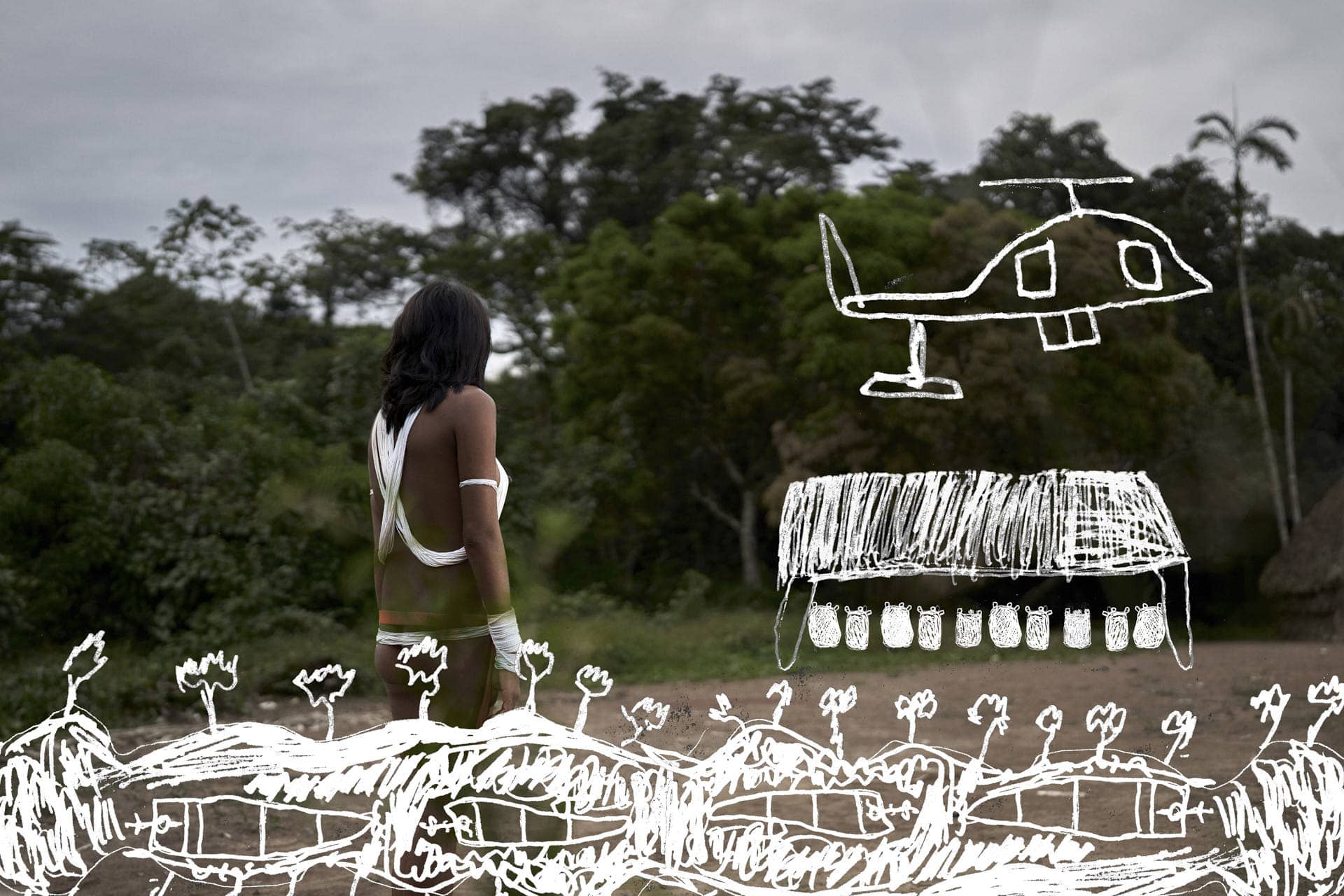
“Something very nice about the drawing is that it allows you to cross the language border because you don’t need to speak Yanomami to understand what is happening in those images. And if we add to that the oral story that they bring to the interviews, there is like a collision between two compelling and simultaneously very different forces: the cruelty of the story and the innocence of that fresh handmade drawing.”
How did you get involved in this project?
It’s a collective project: last year, I received a call from Eliane Brum of Sumaúma, telling me that they wanted to do an article on how the violence of illegal gold mining in Yanomami indigenous lands affects women.
The idea was to work this up close because they are difficult to access. The images we usually see of these areas are aerial shots. We can see the scars of mining on the land, but we don’t know how it directly affects the people there. The proposal interested me because when we think of the Amazon, especially from the outside, we think of it as trees, exotic animals, fires, and deforestation. We leave out that vital part which is the human component.
So we decided to visit some areas where illegal mining has significant impacts. We spent a couple of months trying to produce these trips, and it was impossible: all sources told us no, that it was too risky because these territories were being completely controlled by organized crime at that time.
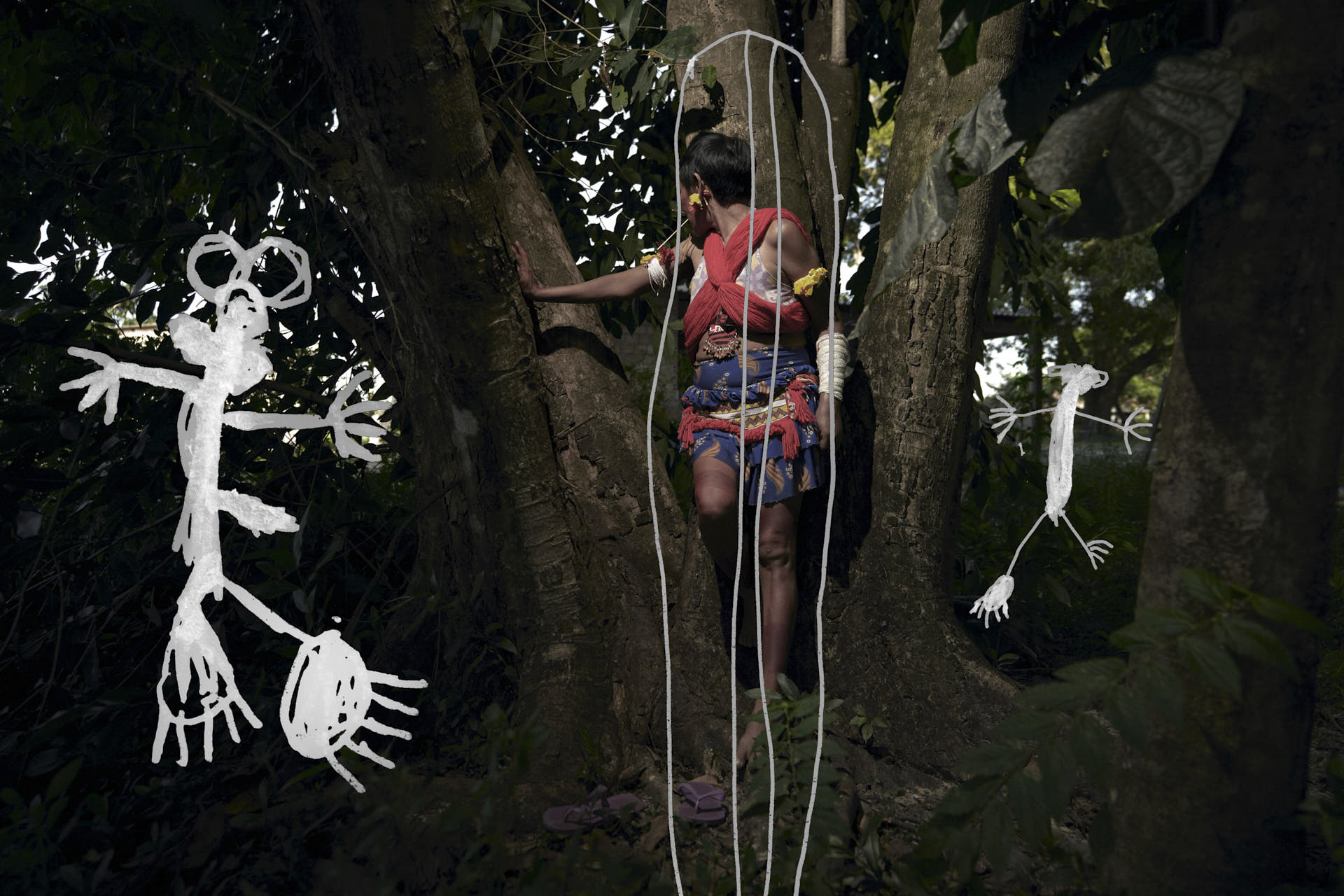
So we had to think about showing what we could not see and making that story possible in that sea of impossibilities. What we did was to set up a sort of war operation: we prepared logistics so that a plane would pass through these places to pick up some of these women and take them to Demini, a Yanomami village located in the state of Amazonas, on the border with Roraima. It was a safe place, far from the areas taken over by paramilitaries. There they could meet and talk about what was happening.
And we were able to bring these women and hold this meeting. We worked with Ana María Machado, an anthropologist who speaks one of the Yanomami languages perfectly and has worked with them for 15 years. We took some photos of the mining and began to open the space to generate conversations.
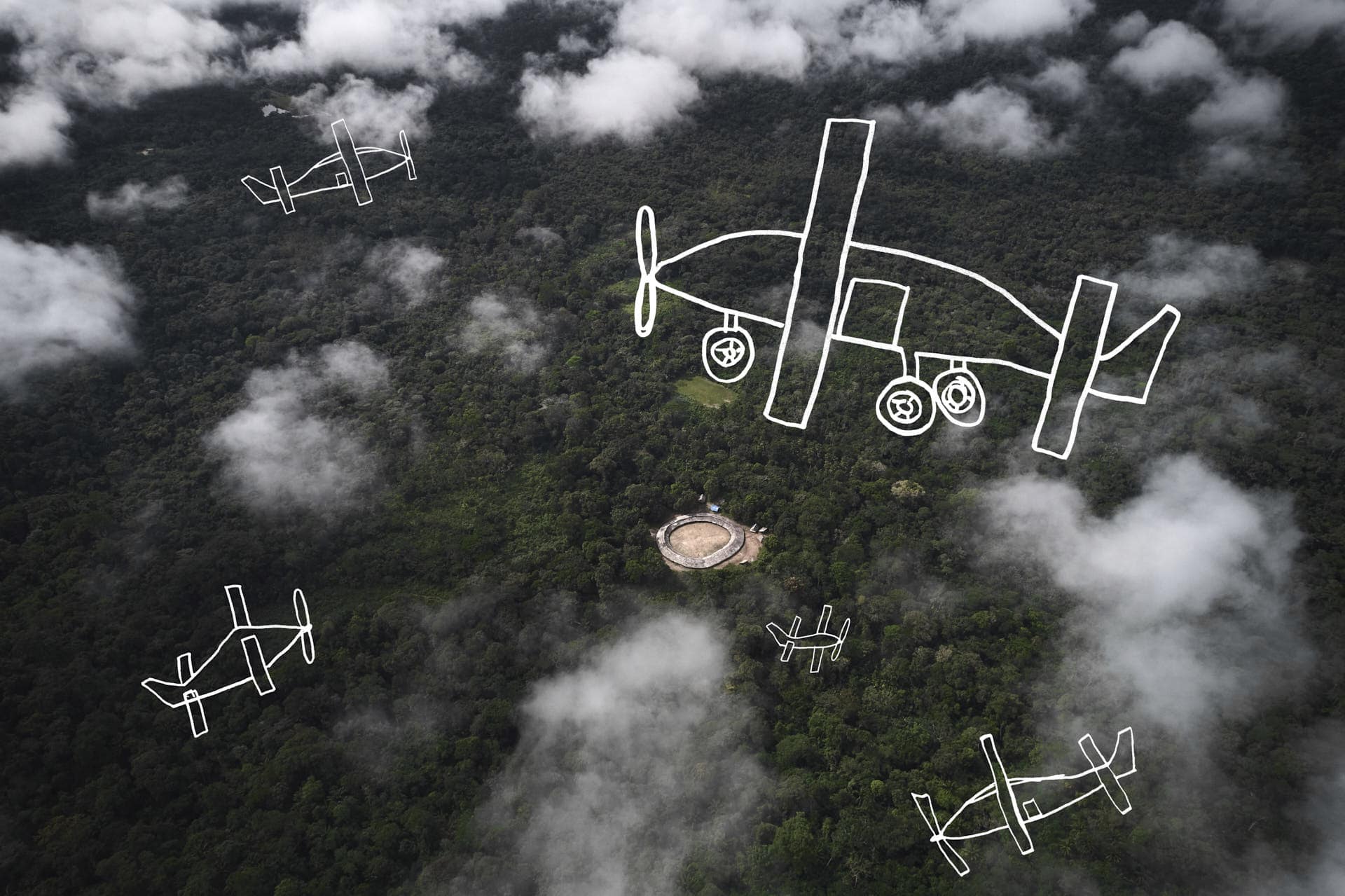
What were those exchanges like?
The interviews were quite challenging to digest. Reading testimonies of sexual violence from a distance differs from being close to them. In that encounter with people, you allow all this to affect you: it is the possibility of being a witness to a story that is opening up in front of you. And they were brutal stories, absurdly cruel. The article mentions, for example, that they said that more than malaria or other diseases, they fear what might happen to their sons, daughters, or vaginas.
The challenge for me, as a photographer, was how to show this without being able to go to the places where the worst abuses occur and without revealing the identity of the people to avoid possible reprisals. And that’s where it seems to me that a door opens, where the border between photojournalism and new narratives blurs. Because in those collective conversations came the idea of asking them to draw how mining felt. I then photographed them, protecting their identity, and we decided to superimpose the drawings over those images. It is the encounter of two compelling formats: photography with its power of impact in that fixed frame and, simultaneously, that hand-drawn story.
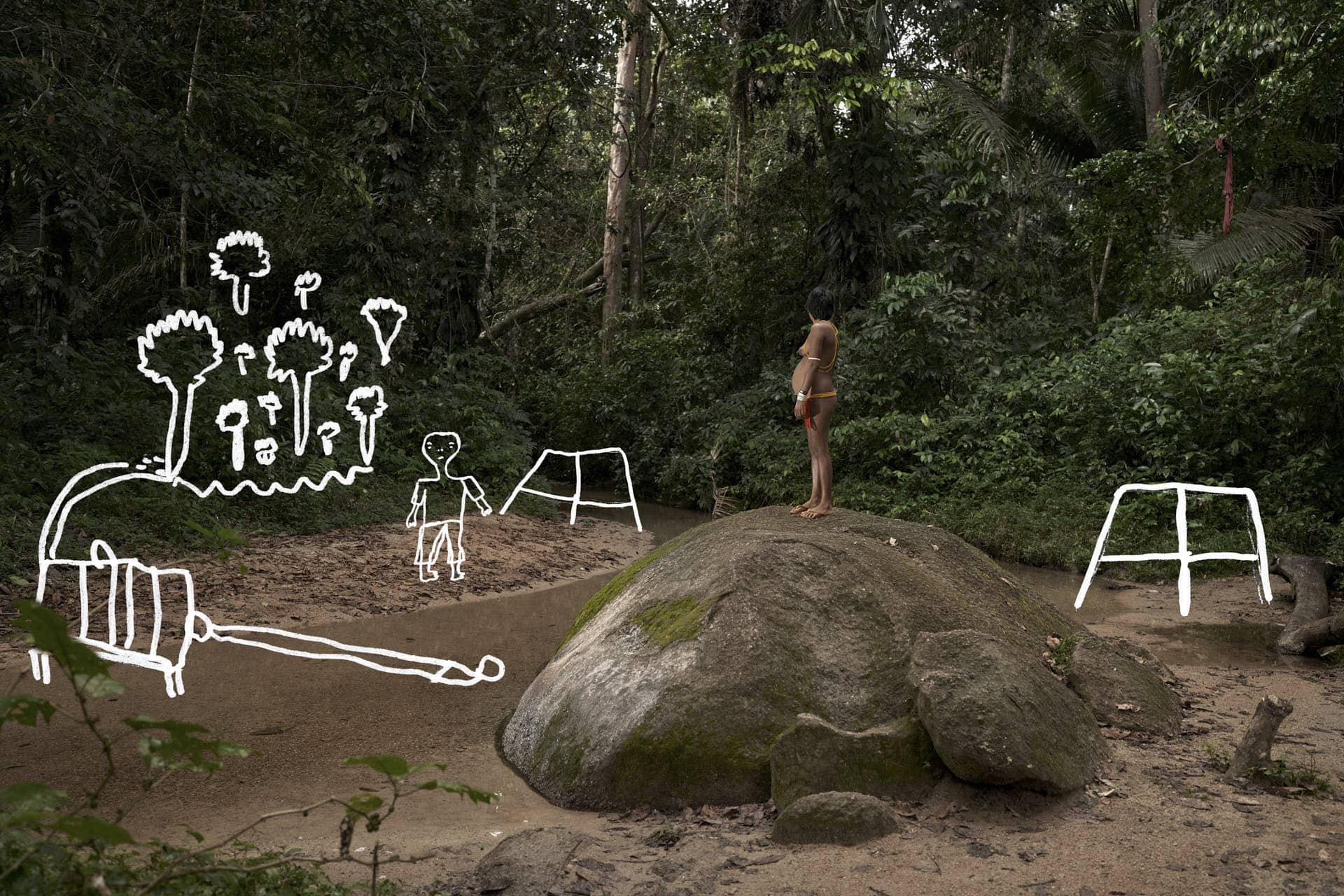
Let’s dwell on those drawings.
Something charming about drawing is that it allows you to cross the language border because you don’t need to speak Yanomami to understand what is happening in those images. And if we add to that the oral story that they bring to the interviews, there is a collision between two mighty and, at the same time, very different forces: the cruelty of the story and the innocence of that fresh handmade drawing.
I think this work complies with something very important to me, which is to preserve the dignity of the people, not to revictimize them. But it tells the story with a lot of harshness and, at the same time, tenderness. I think what we did works well in how it reaches people. They are not stilted images, they meet you, and that’s what I found super powerful. I also liked how the collective process went, in which Ehuana Yaira Yanomami participated, who is an incredible artist besides being our other translator.
Sometimes we photographers have a lot of ego in the creative part. There is a whole history of that. If I look back, all my references were male photographers, white and privileged, who were photographing from an exotic point of view. Steve McCurry, for example, you pick up a McCurry book, and there are not even the names of the people. They don’t end up being people; they are exotic things that attract attention. So I think this is a very nice project in which, if something should stand out, it is the collaboration.
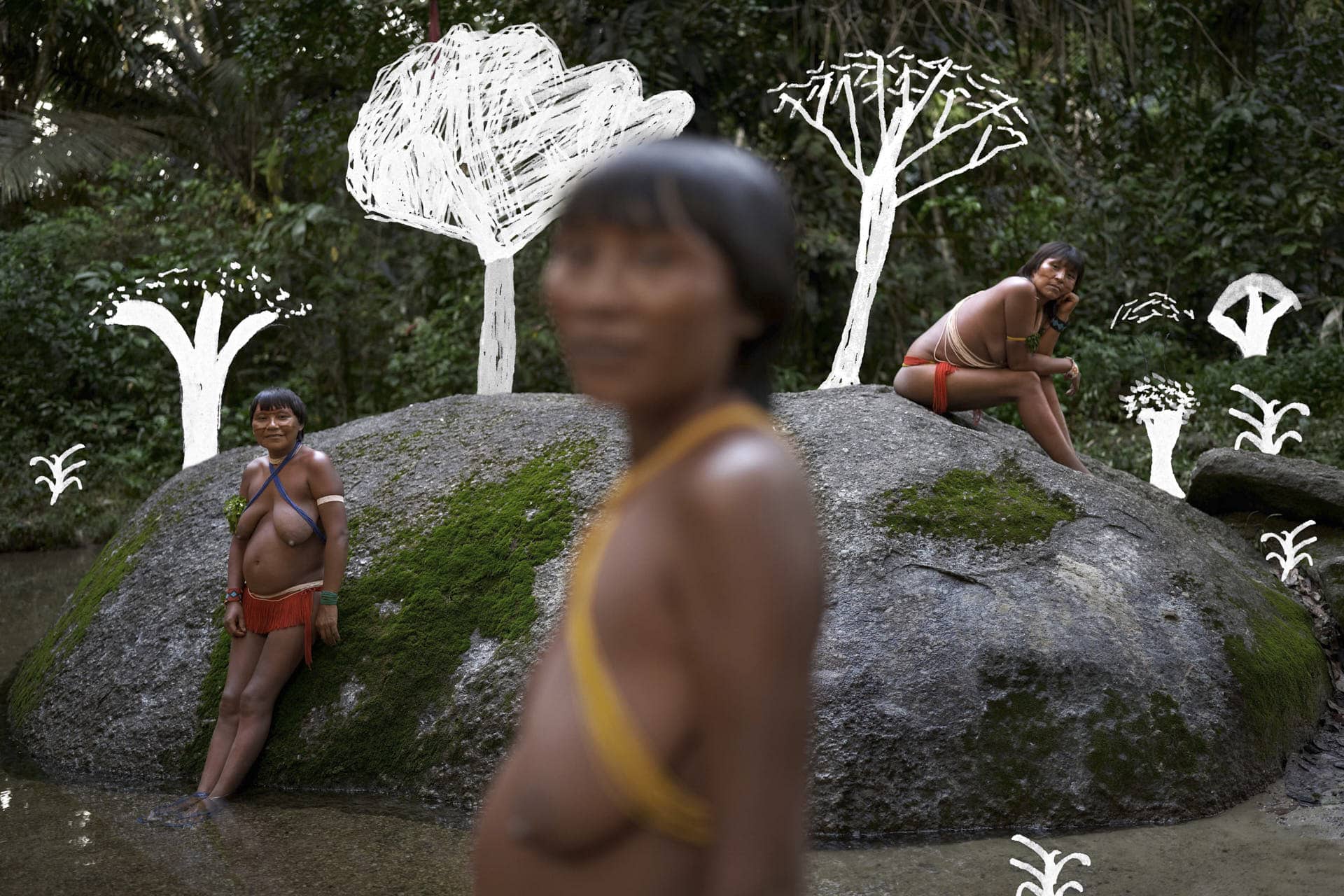
Do you sometimes fear that what is expressed in a newspaper article may not be true to the experiences of the people involved?
The journalistic text I can write about a specific subject will always be a translation and imperfect, even more so when discussing ways of understanding a completely different world. But you must embrace that by understanding it as it is, and from there, try to do your best. What reduces the gap between the source and the translation is that more voices are also participants in what is being talked about.
Something is interesting there, in that back and forth, and it seems to me that this is something to look for more and that this work was done with great care and respect. There is a certain level of commitment that, for me, is not even negotiable, given the encounter, perhaps the most crucial part.
